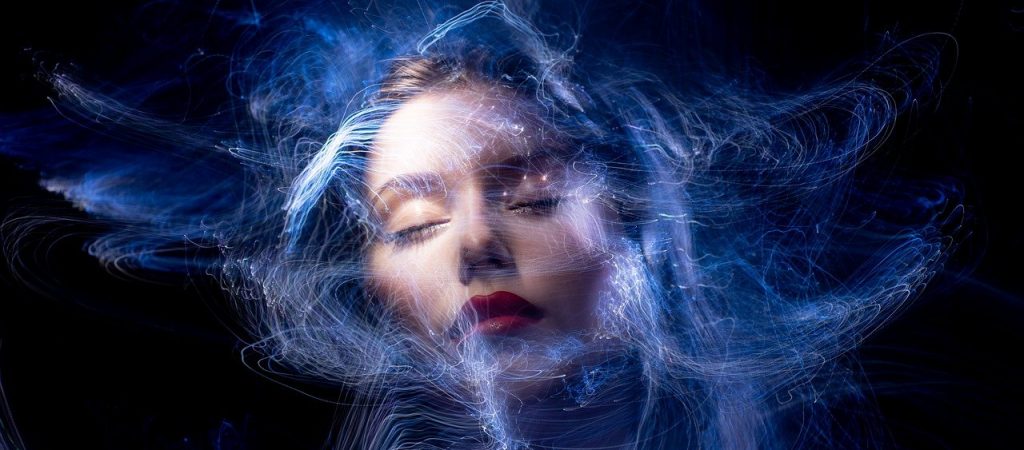
External Energy
Some people believe external energies from objects or other sources directly affect a person’s health. An example of external energy therapy is:
Electromagnetic therapy or Electromagnetic field therapy refers to therapy involving the use of magnets or electromagnets. Types include : Bioelectromagnetics, the study of how electromagnetic fields interact with and influence biological processes.
EMFs therapy is a well tolerated, effective with no negative side effects, which can be integrated with rehabilitation for the treatment of chronic and acute pain in musculoskeletal diseases, but further studies are needed to examine the use of more standardized protocols.
Reiki is the Japanese name for “Universal Life Force Energy,” which is the life-giving energy present in everyone. The best way to understand reiki is to view it as our “experienced sense of being alive.” Reiki therapy is a gentle touch therapy that involves the placing of the therapist’s or patient’s hands on various locations on the patient’s body to promote relaxation and a sense of calm.
Reiki has its roots in ancient Chinese and Japanese medicine. Since the early 1990s, reiki therapy has been used with greater regularity in healthcare settings. Over 900 U.S. hospitals and healthcare systems use reiki as a complementary therapy. Reiki is not harmful to patients in any way, and it is safe to use reiki in conjunction with chemotherapy, radiation, and medications used in the medical treatment of cancer.
Reiki is used in healthcare as a complement to—never as a substitute for—patients’ regular medical treatment and medications. Reiki supports the body’s natural healing abilities. This is an important point to remember.
Qigong is a traditional, self-healing, mind–body therapy that originated from traditional Chinese medicine (TCM), dating back to nearly four thousand years ago. The term Qigong consists of two Chinese characters: Qi (vital energy) and Gong (skill acquisition through great effort). According to the textbook used in TCM schools in China, Qigong encompasses all mind–body exercises and skills that integrate breathing adjustment, body adjustment, and mind adjustment into one. Aside from medical Qigong, Qigong is commonly categorized into two practice modalities: Movement Qigong and static Qigong. Movement Qigong involves mind–body exercises that incorporate bodily movements or postures with breathing regulation and mind adjustment, such as Tai Chi (Taiji) Quan, Baduanjin, Muscle–Tendon Change Classic (Yi Jin Jing), and Five Animal Exercise (Wu Qin Xi). Static Qigong mostly involves meditative practices (Zen meditation or mindfulness) in either a sitting or standing posture, and does not include any bodily movement
